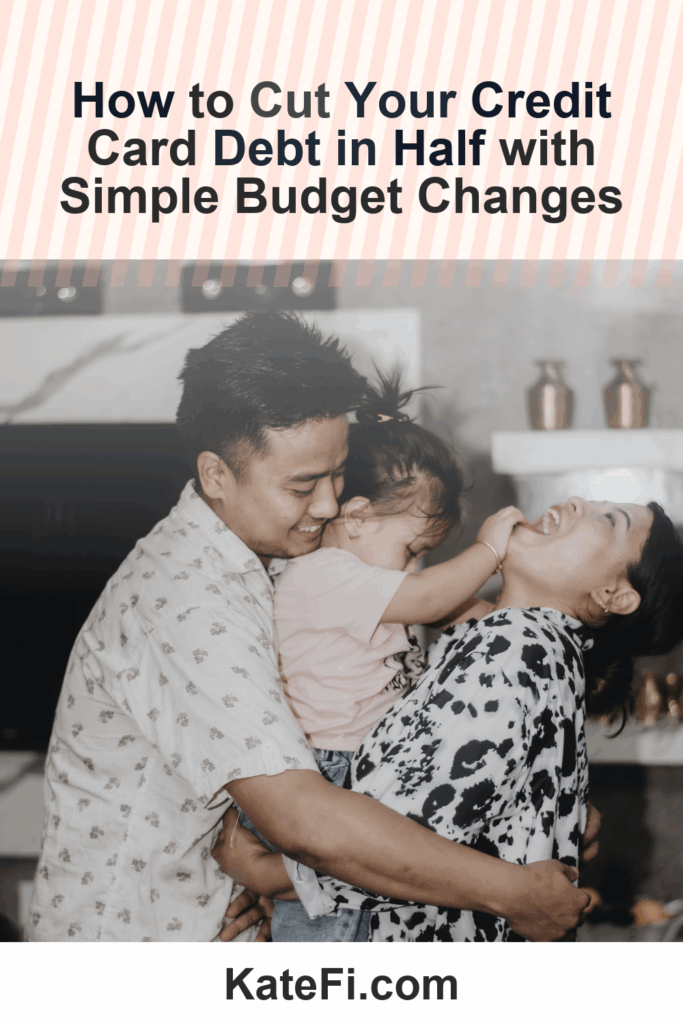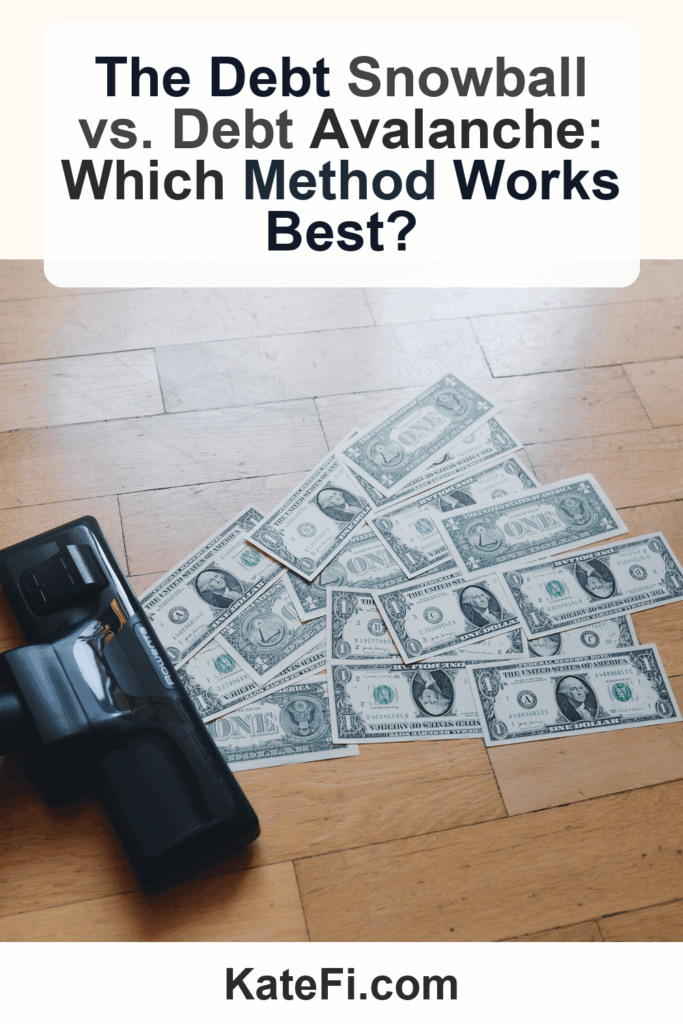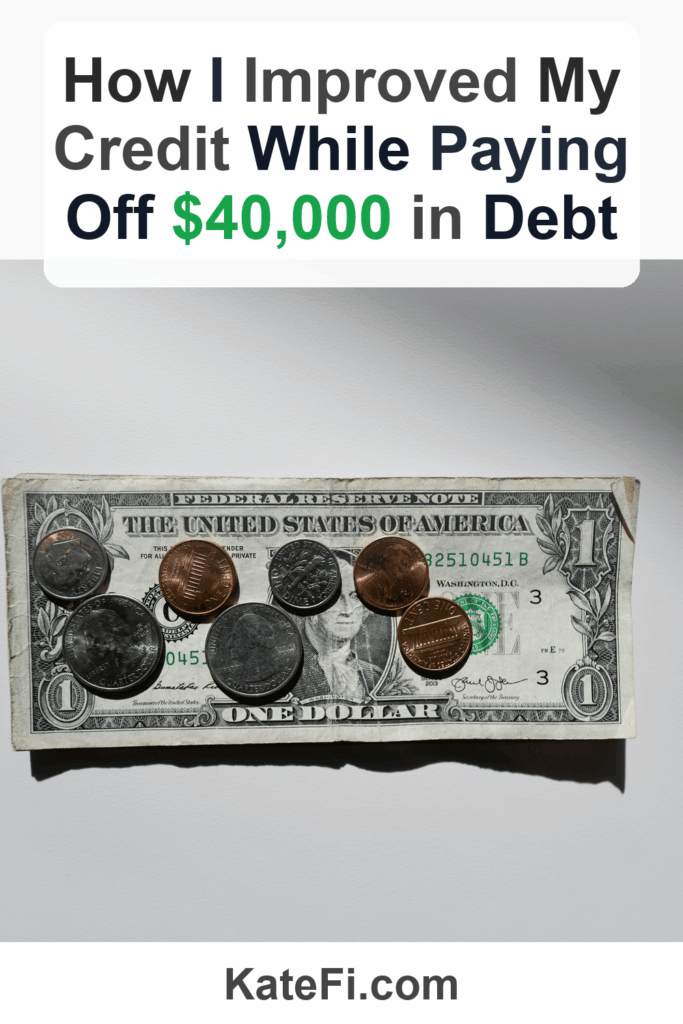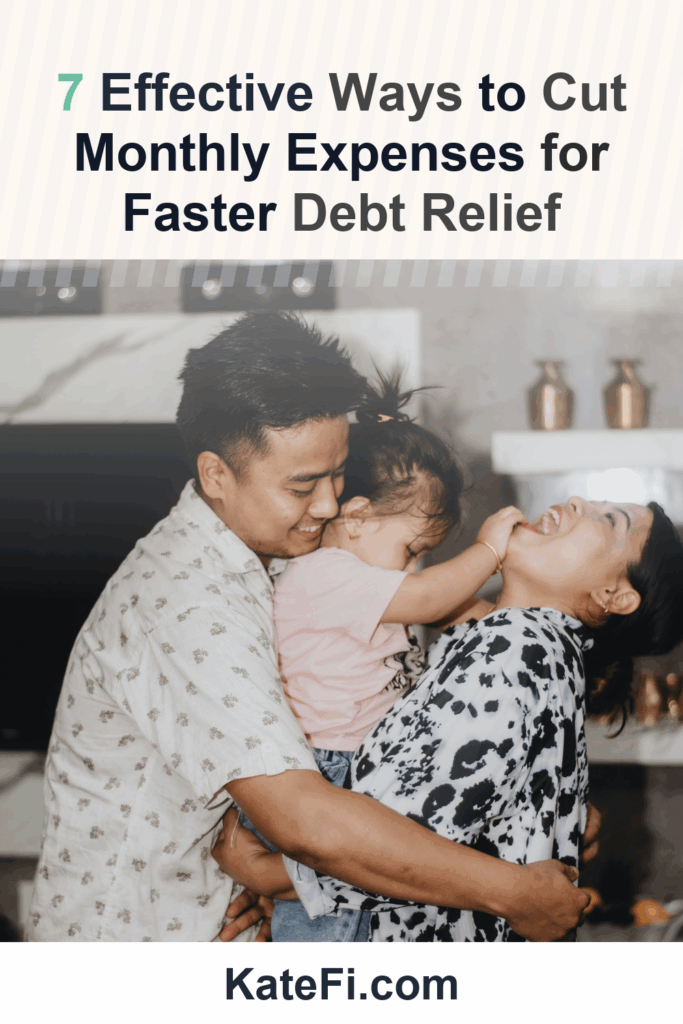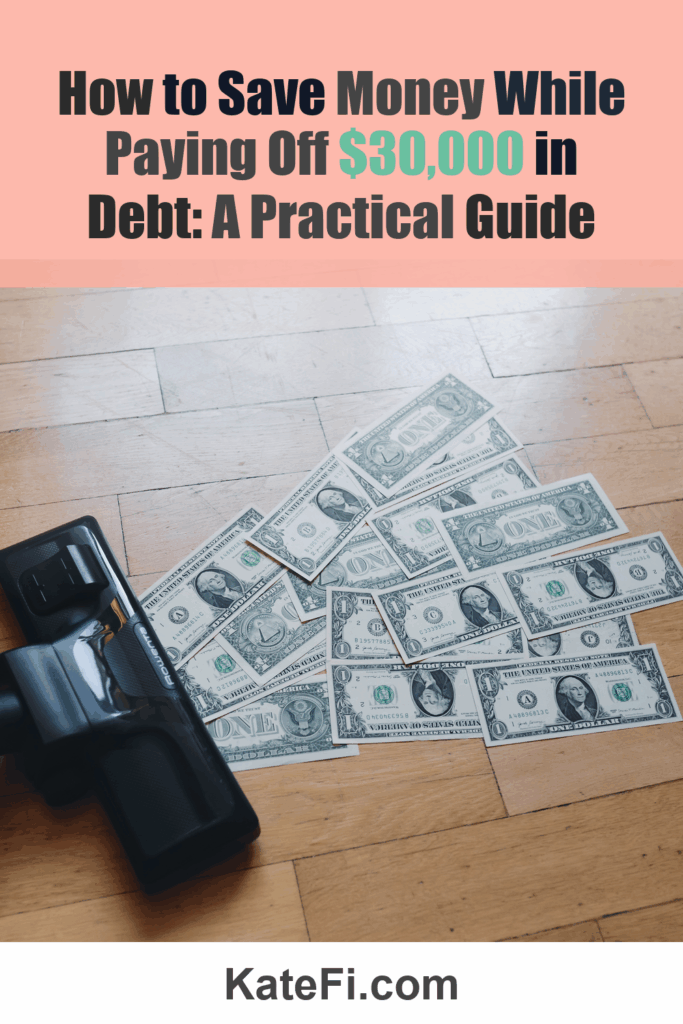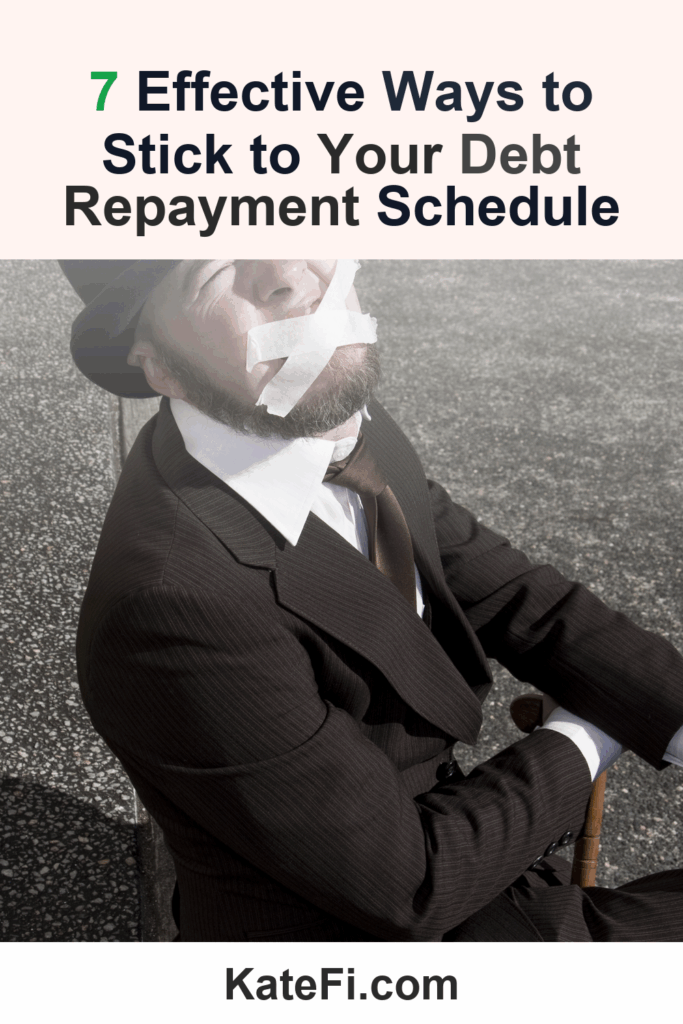Love our content? Show your support by following us — pretty please!🥺
FOLLOW ON PINTEREST
Hi! I’m Kate, the face behind KateFi.com—a blog all about making life easier and more affordable.
👉 Start Your Free Debt Relief Review
Not available in IL, KS, OR, TN, UT, WV.
8 Financial Lessons Learned from Paying Off $40,000 in Debt
Navigating through debt can feel overwhelming, especially when you’re staring down a mountain of $40,000. Having personally traversed this challenging path, I’ve emerged with invaluable lessons that not only helped me become debt-free but also set me on a brighter financial trajectory. In this guide, I’ll share those lessons, focusing on debt settlement, debt management plans (DMP), and debt consolidation—so you can determine which path might be best for your financial situation.
Understanding Your Options: Settlement vs. DMP vs. Consolidation
Before diving into the lessons learned, it’s crucial to understand the three primary avenues for managing debt: settlement, DMP, and consolidation. Each option comes with its pros and cons, depending on your financial circumstances and goals.
| Debt Relief Option | Pros | Cons | Best For |
|---|---|---|---|
| Settlement | Can reduce total debt; quicker resolution. | May hurt credit score; potential tax implications. | Those who can make lump-sum payments. |
| DMP | Lower monthly payments; no impact on credit score during program. | Longer payoff period; fees involved. | Those looking for structured payments. |
| Consolidation | Simplifies payments; potentially lower interest rates. | May require collateral; fees involved. | Those with good credit and multiple debts. |
Lesson 1: A Clear Understanding of Debt Types
The first step on my journey was understanding the different types of debt I had—credit card, medical bills, personal loans, and student loans. This clarity made it easier to devise a targeted strategy for tackling them. For example, my credit cards carried higher interest rates compared to my student loans, which warranted prioritizing those debts.
Lesson 2: Establishing a Realistic Budget
Creating a budget is essential for anyone looking to pay off debt. I learned the importance of tracking my income and expenses, identifying areas to cut back, and setting a realistic monthly payment plan. Tools like budgeting apps and spreadsheets were incredibly helpful. Here’s a practical checklist to create your budget:
#### Budgeting Checklist
- List all income sources
- Document all monthly expenses
- Identify non-essential expenses to cut
- Allocate a specific amount to debt repayment
- Monitor and adjust your budget monthly
Lesson 3: The Power of Prioritization
After assessing my debts, I realized that not all debts were created equal. I used the snowball method to prioritize my smaller debts first, gaining momentum as I paid them off. However, those with higher interest rates should be prioritized using the avalanche method to save on interest costs.
Lesson 4: Choosing the Right Debt Relief Method
The core of my experience revolved around choosing the appropriate method for debt relief. Here’s how I approached each option:
- Debt Settlement: This method involves negotiating with creditors to pay less than owed. This can be effective, especially for those facing financial hardship, but it can negatively impact credit scores.
- DMP: I considered enrolling in a DMP, which offered a structured repayment plan with lower interest rates. This method didn’t negatively impact my credit score, and I learned it can be a great option for those who need a stable payment schedule.
- Debt Consolidation: This option is viable for individuals with good credit who can secure a lower interest loan. I weighed this option but realized I needed more time to improve my credit score to qualify for the best rates.
Ultimately, I decided that for my situation, combining a DMP with a few settlements was the most effective route. If you’re in a similar situation, I recommend getting a free consultation to explore your options.
✅ See If You Qualify for Debt Relief
Lesson 5: Document Everything
When pursuing debt relief, keeping thorough documentation is essential. Collecting all relevant documents, such as pay stubs, bank statements, and previous credit reports, will streamline the review process when consulting with debt relief professionals. Here’s a quick list of what to gather:
#### Documentation Checklist
- Recent pay stubs
- Bank statements for the last three months
- Copies of all debts owed
- Past credit reports
- Tax returns from the last two years
Lesson 6: Prepare for Credit Impact
It’s crucial to understand that seeking debt relief can affect your credit score. While my credit initially took a hit during the process, it improved over time as I made consistent payments. If you opt for settlement, be prepared for a potentially larger impact on your score. If you’re unsure of how debt relief may impact your credit, consider consulting a financial advisor.
Lesson 7: Stay Committed to the Plan
Staying committed to my debt relief strategy was paramount. There were times when it felt discouraging, but having a set plan and timeline helped keep me on track. I suggest breaking larger goals into smaller, manageable milestones to stay motivated.
Lesson 8: Celebrate Small Victories
Finally, don’t forget to celebrate your achievements along the way! Paying off a credit card or reaching a specific repayment milestone is worth acknowledging. Celebrating these small victories kept my spirits high and reinforced my commitment to being debt-free.
✅ See If You Qualify for Debt Relief
Conclusion
Paying off $40,000 in debt was undoubtedly a challenging journey, but it equipped me with valuable financial lessons that continue to benefit my life today. Whether you are considering debt settlement, a DMP, or consolidation, take the time to understand your options, gather your documents, and remain committed to your financial goals.
As you embark on your journey to financial freedom, remember that you’re not alone. Seeking professional guidance can make all the difference. To explore your options further, I strongly recommend getting a free consultation today.
Important: This content is for education only—not legal, tax, or financial advice. Results and eligible programs vary by situation and state. Fees apply if you enroll and complete a program. Debt relief can affect credit; missed payments may lead to collections/lawsuits. Not available in IL, KS, OR, TN, UT, WV.
Paying off debt is a marathon, not a sprint. With the right plan and a strong support system, financial freedom is within reach.
What You’ll Learn on the Call
- Estimated timeline and monthly payment range
- How credit may be affected in the short term
- What documents to gather to move faster
Not available in IL, KS, OR, TN, UT, WV.









